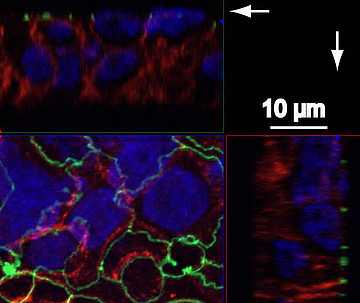Drug transport across the blood-cerebrospinal fluid barrier
The effective administration of therapeutics into the central nervous system (CNS) is one of the greatest challenges in the treatment of CNS disorders, since highly selective semi-permeable barriers (the blood-brain barrier and the blood-cerebrospinal fluid barrier) restrict the access of therapeutics into the CNS. Despite concentrated efforts to understand and improve delivery into the CNS, little progress has been made in translating research into clinical interventions.

